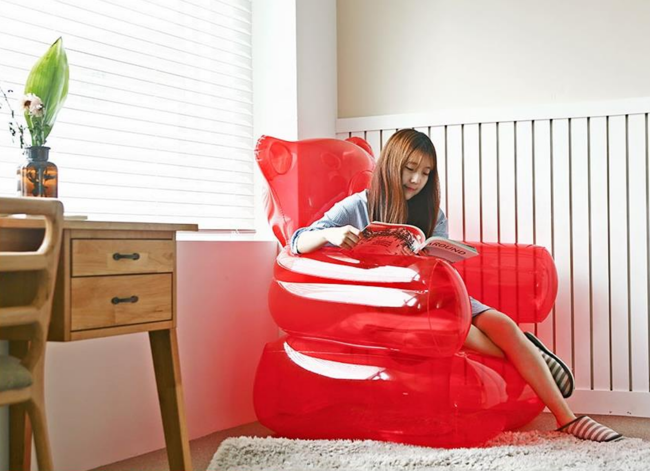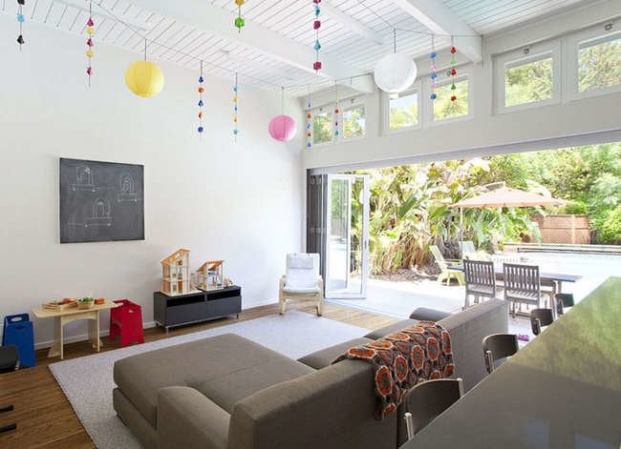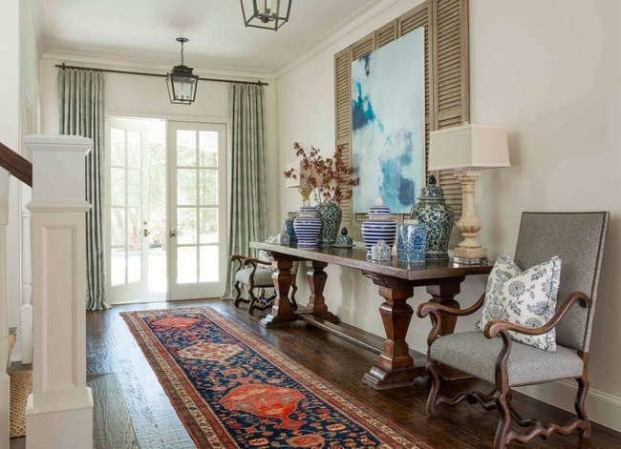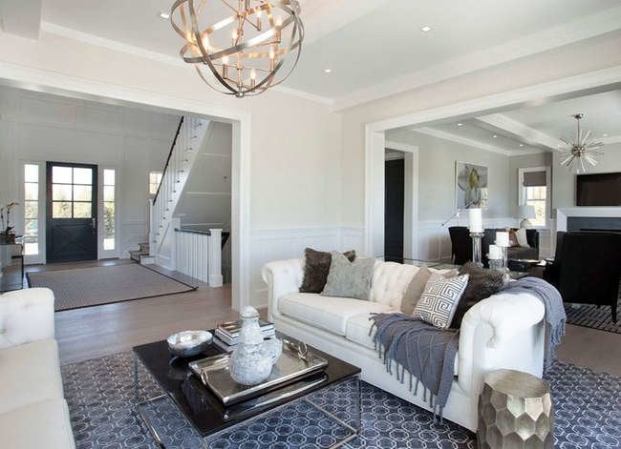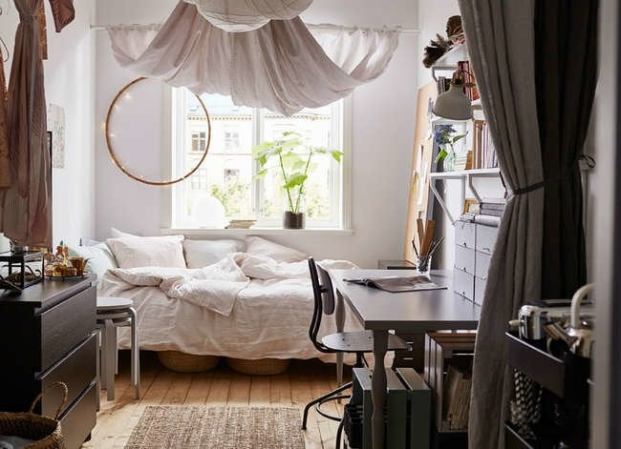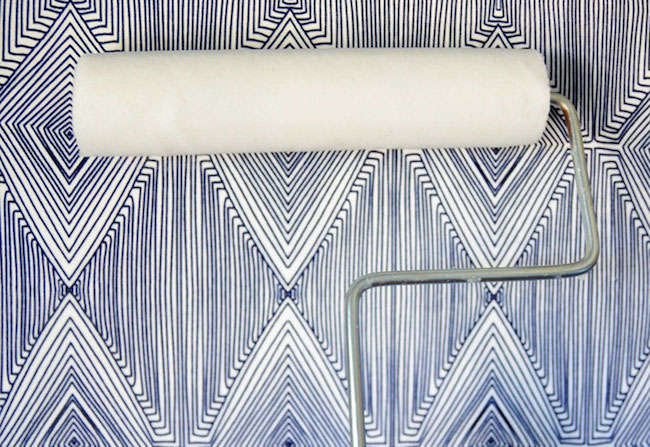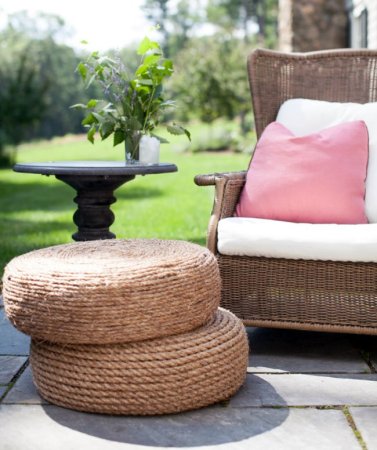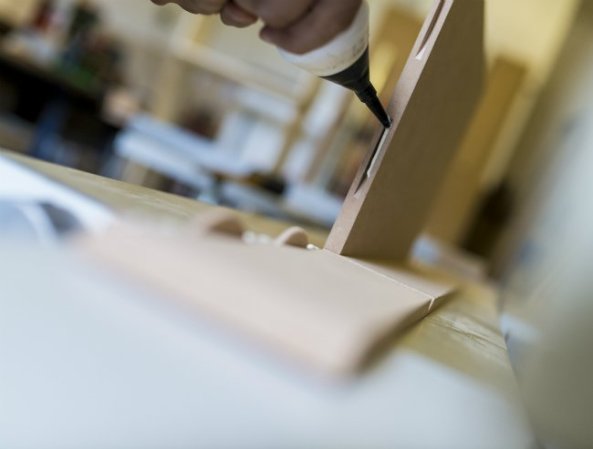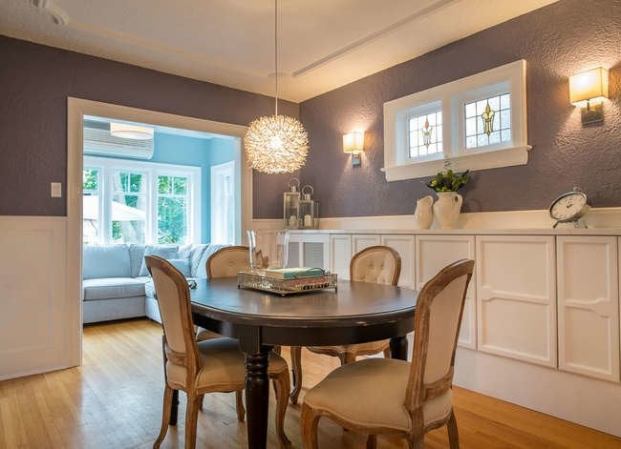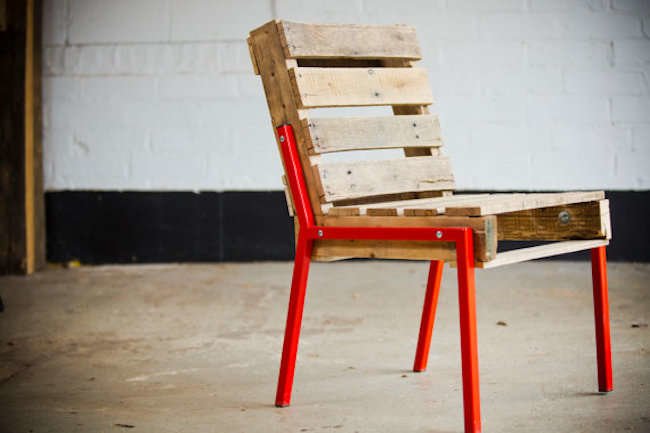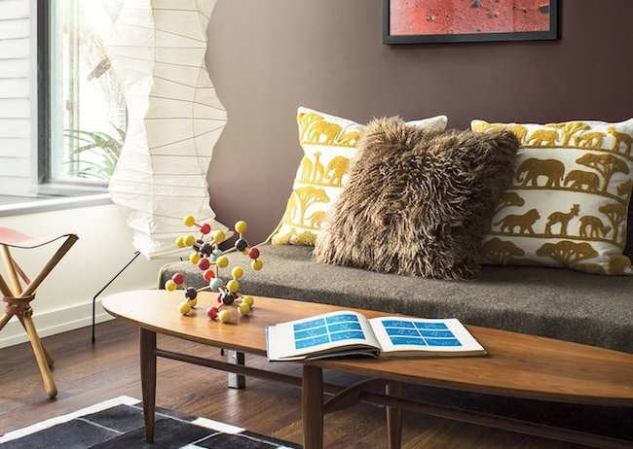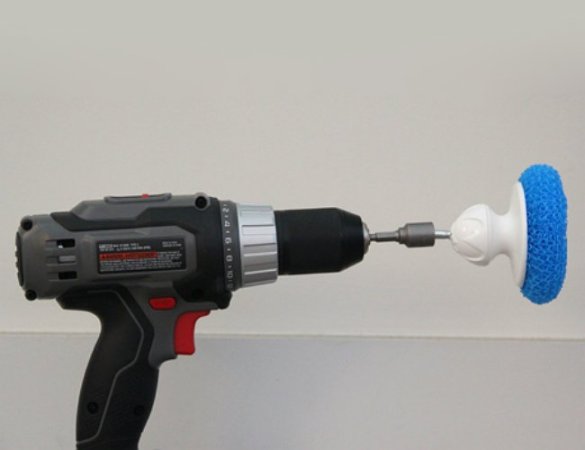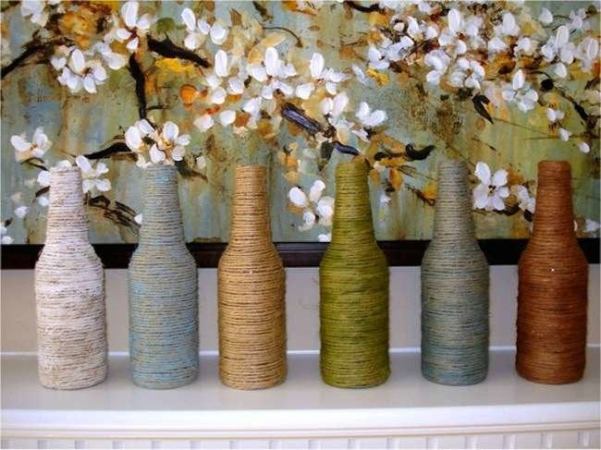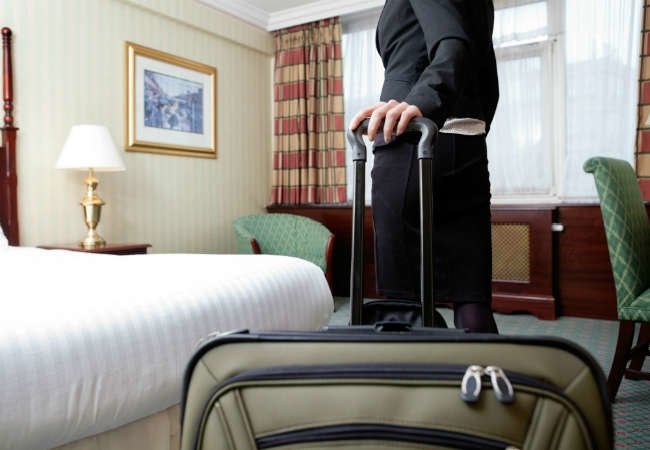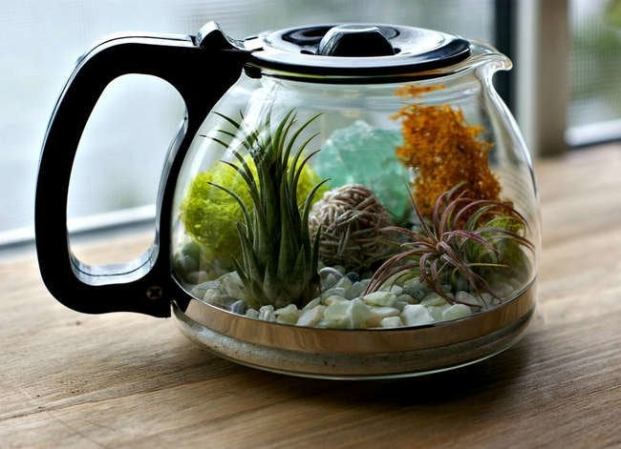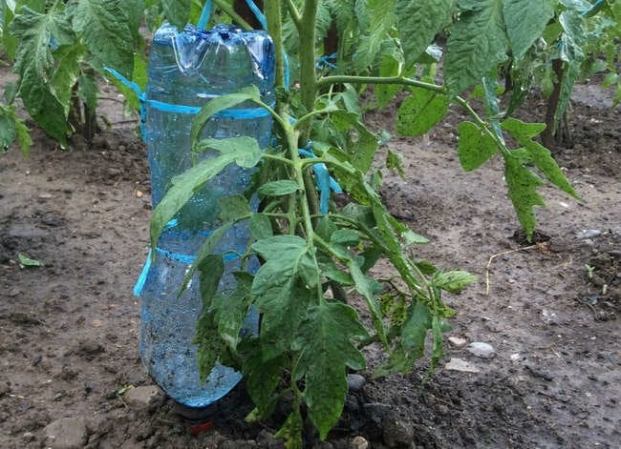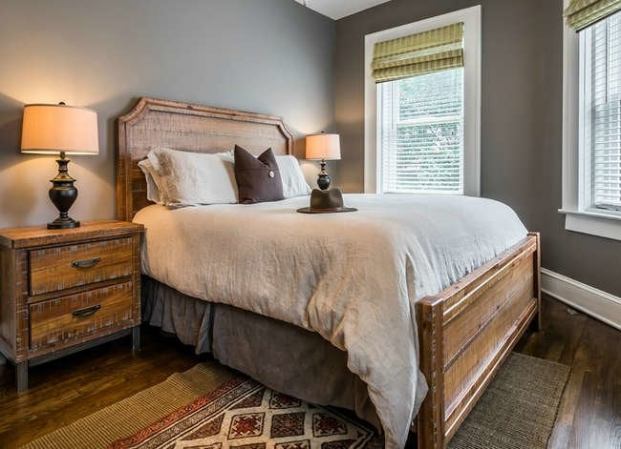We may earn revenue from the products available on this page and participate in affiliate programs. Learn More ›
Shag Carpeting
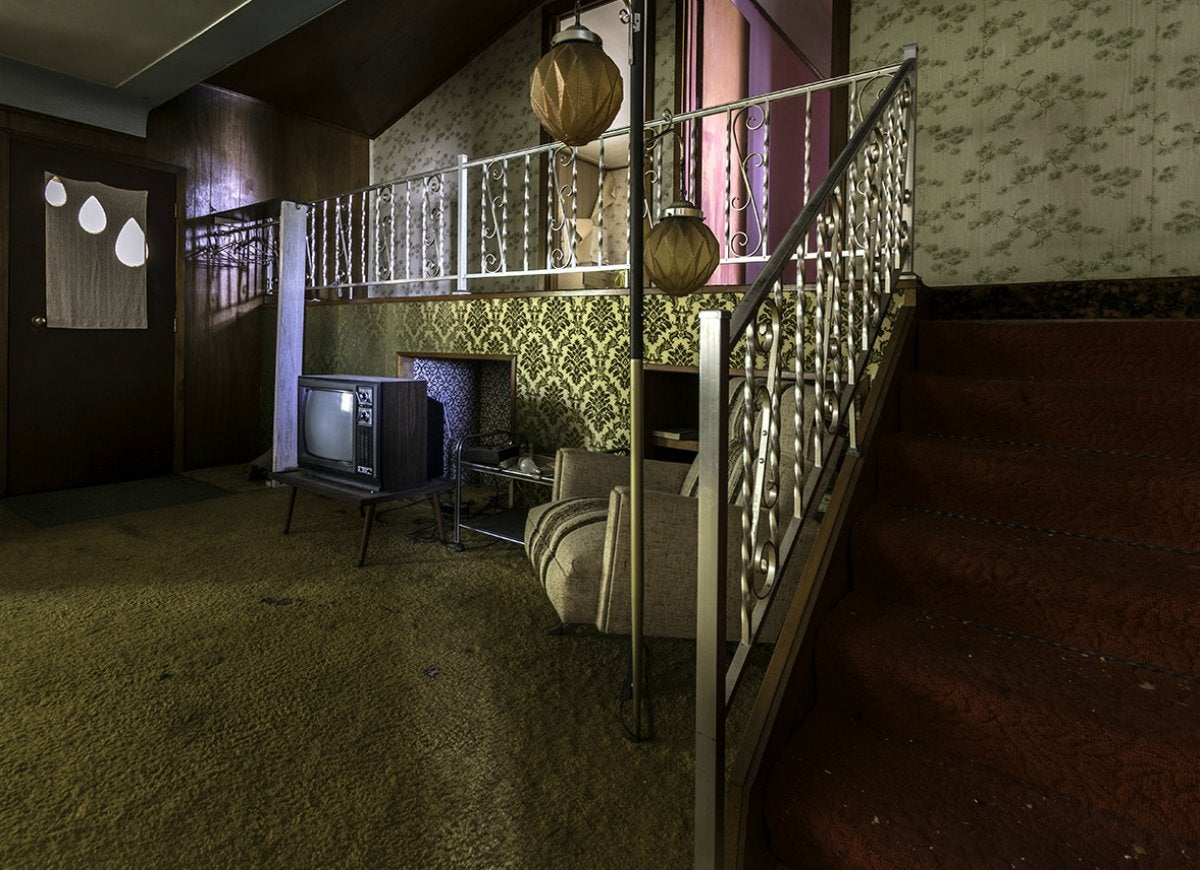
This shaggy sea of fibers was a living room mainstay throughout the 1970s. As well loved as this classic carpet once was, it was bound to go out of style thanks to the dirt and dust that came with it. The tall, dense shag made cleaning downright difficult, and even the most thorough vacuuming left grime behind. Fortunately for the allergy-prone, this timeworn trend has been replaced with more cleaning-friendly carpeting.
Popcorn Ceilings
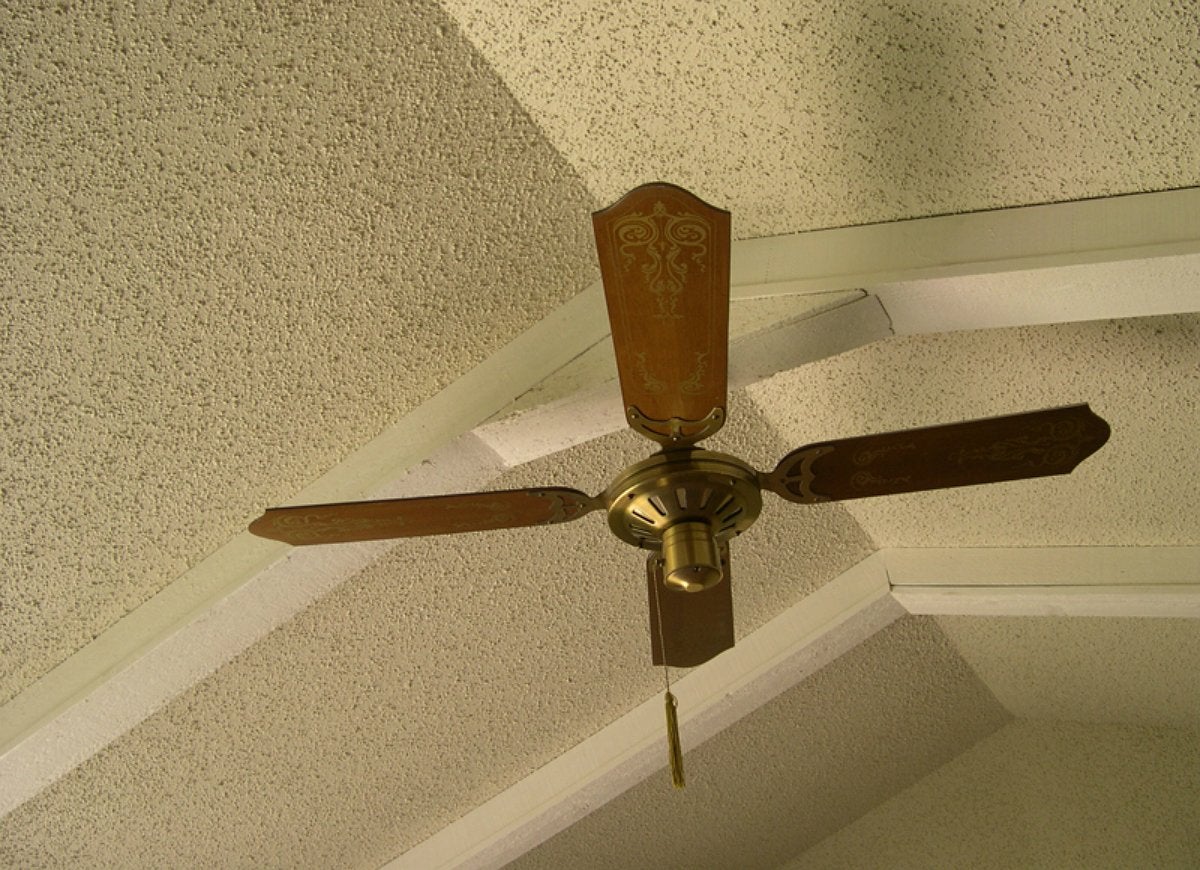
The cottage-cheese texture of popcorn ceilings, which were common in homes constructed during the 1960s and ’70s, offered acoustical benefits and helped hide bumps and imperfections. It fell out of favor, however, for the other things it concealed: dirt, cobwebs, and in some cases, the asbestos it contained. Do you need to remove a popcorn ceiling in your home? First use a kit or hire a trained professional to test the ceiling to make sure it’s safe to proceed with removal.
Laminate Countertops
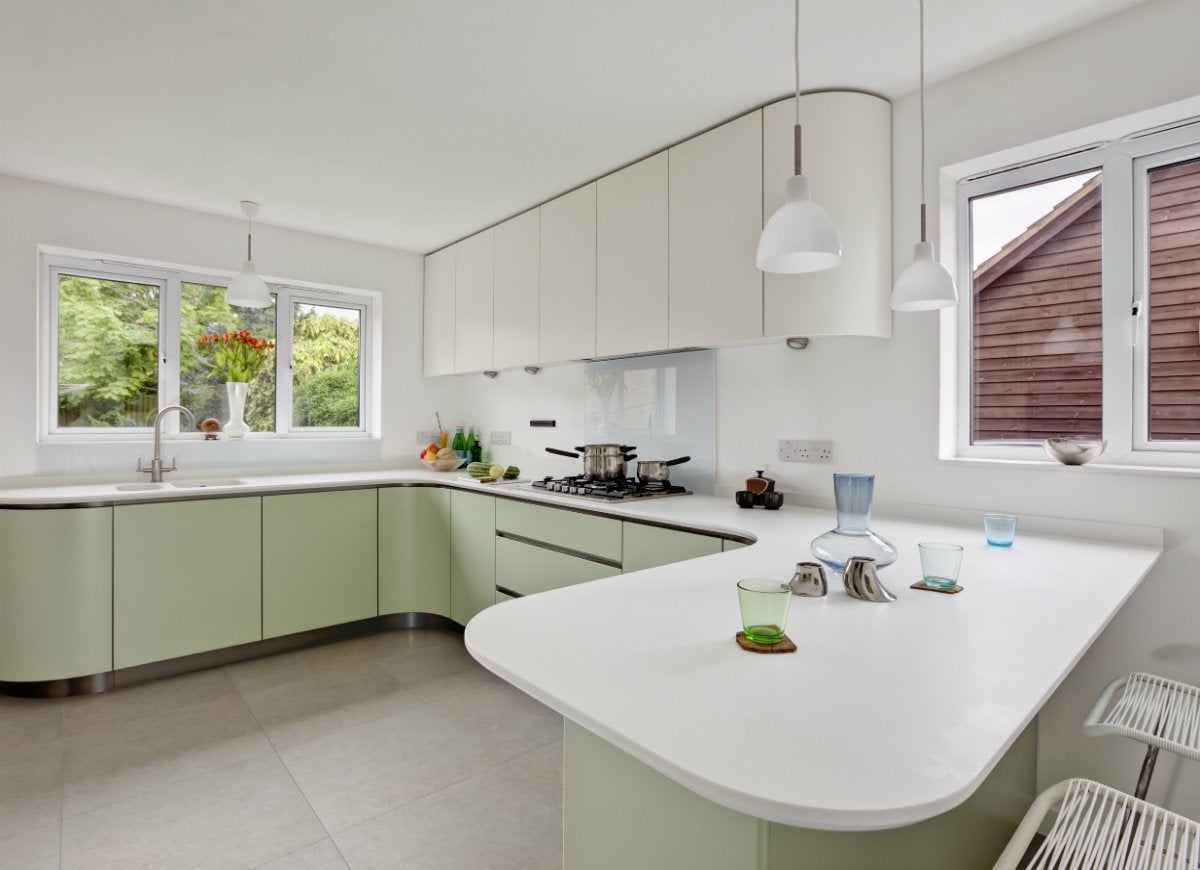
Although these charming countertops were once all the rage for their low cost and wealth of colors and patterns, their lack of durability has earned them mixed reviews in the present day. Not only do laminate surfaces stain, scratch, and burn more readily than their granite counterparts, but they can swell and warp when water enters their seams, which reduces their functionality and visual appeal.
Waterbeds
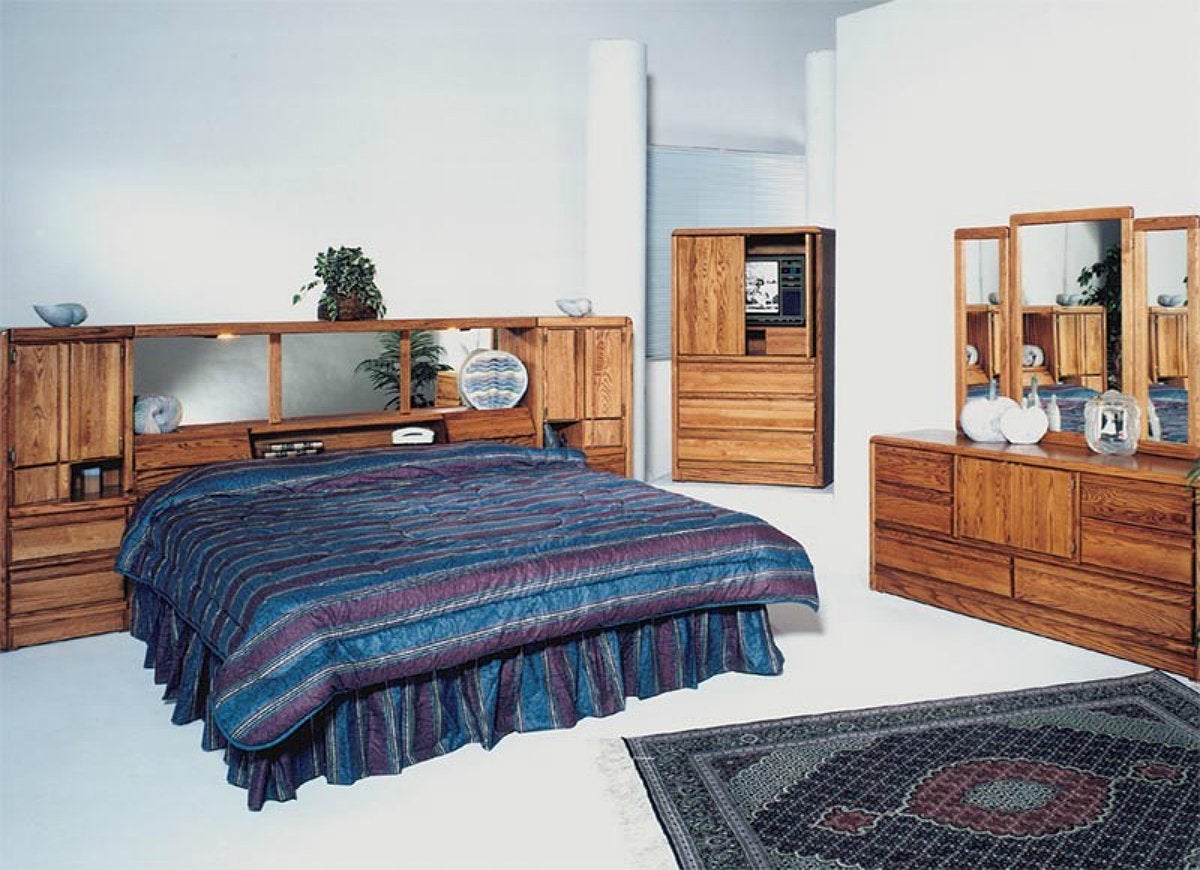
These squishy sleepers were a must-have for bedrooms of the 1970s and ’80s, until the secret leaked about their tendency to, well, leak. Yet another strike against them, their weight made them a nightmare to move. These days, innovative mattresses and advances in memory foam make it both easy and practical to get a restful night’s sleep.
Bathroom Carpeting
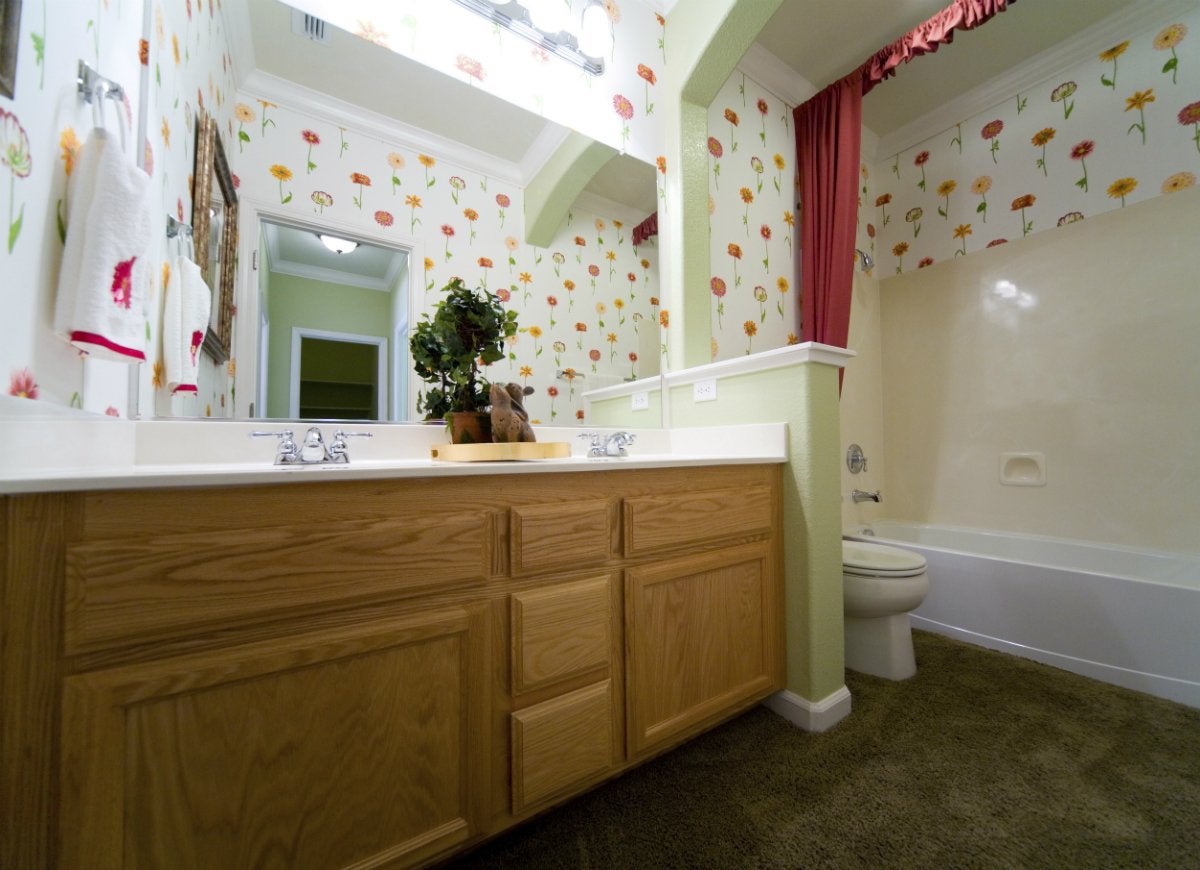
Carpet was often installed in bathrooms of yesteryear as a softer counterpoint to the surrounding tile. But the damp environment encouraged the growth of mold and mildew and made the carpeting the perfect hiding place for tough-to-banish bacteria. Other downsides of tub-side carpeting include the threat of water exposure and the tendency for water-damaged carpet to come loose from the floor.
Kitchen Wallpaper
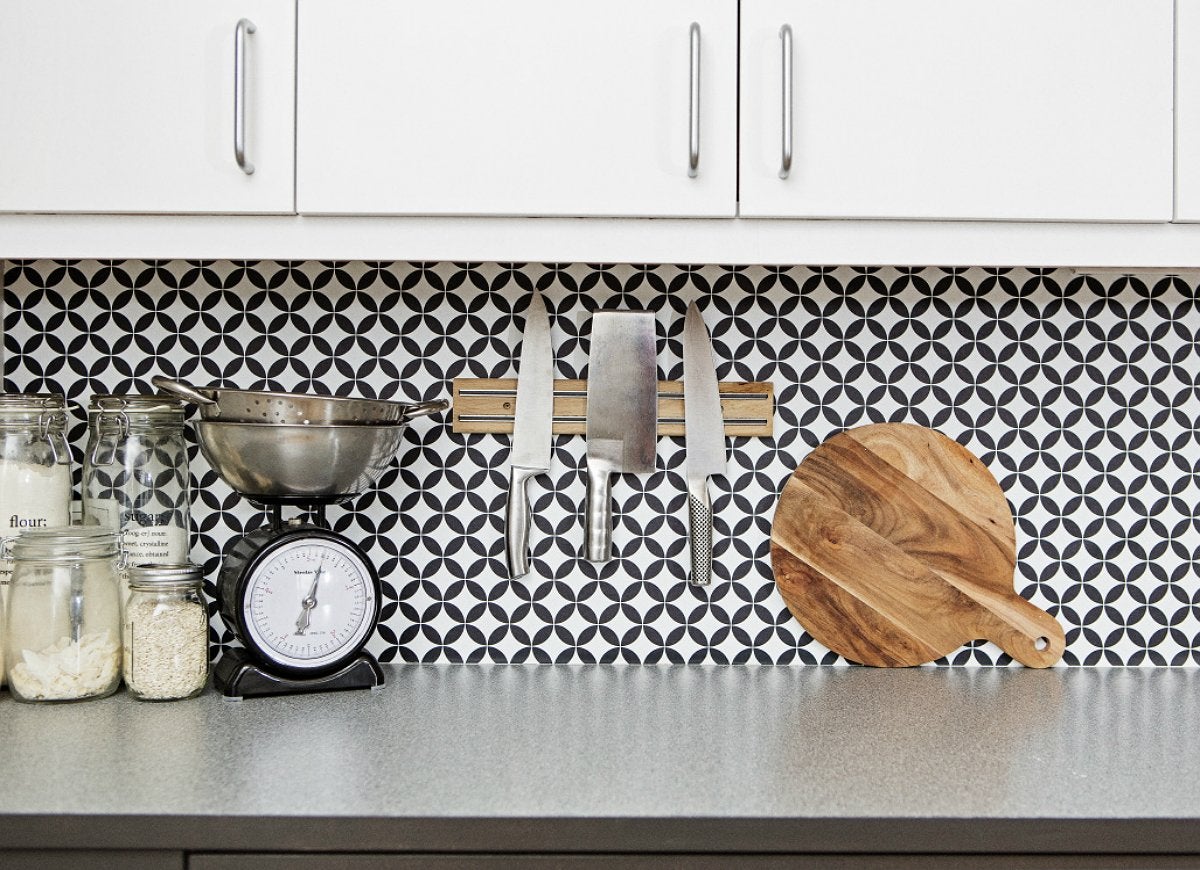
If kitchen walls could talk, they might warn you not to wallpaper them! Although it’s easy to understand why fun colors and patterns made wallpaper a fast favorite, its lack of defense against stains, water damage, and peeling proved that it wasn’t an ideal kitchen coating. Avoid this misstep by opting for a stain-fighting paint designed for the kitchen and bath.
Round Beds
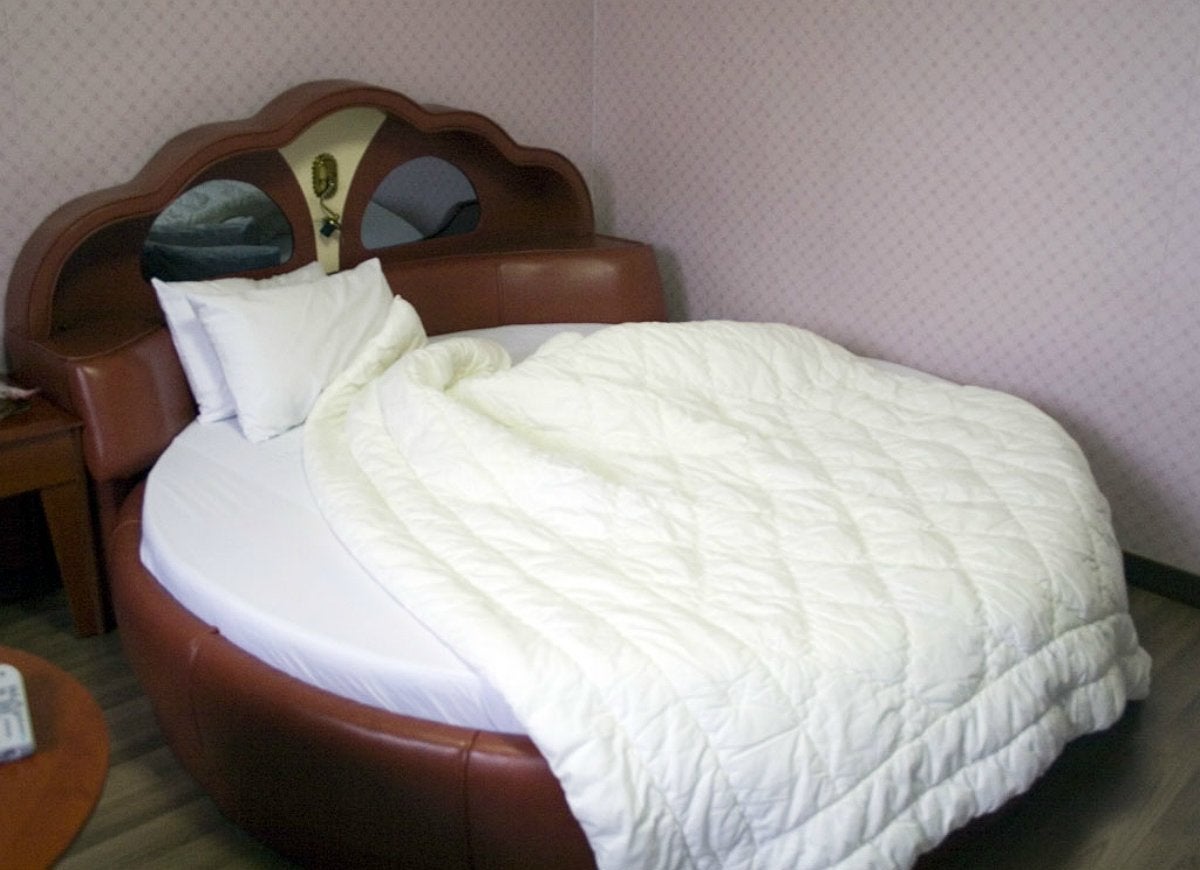
If you have never spotted a round bed at your local furniture store, it’s because the vicious circle of buying and returning them began and ended in the 1970s. Not only did the breadth of the bed consume precious square footage, but its awkward shape turned sheet buying—and moving day—into a nightmare.
Baby Cages
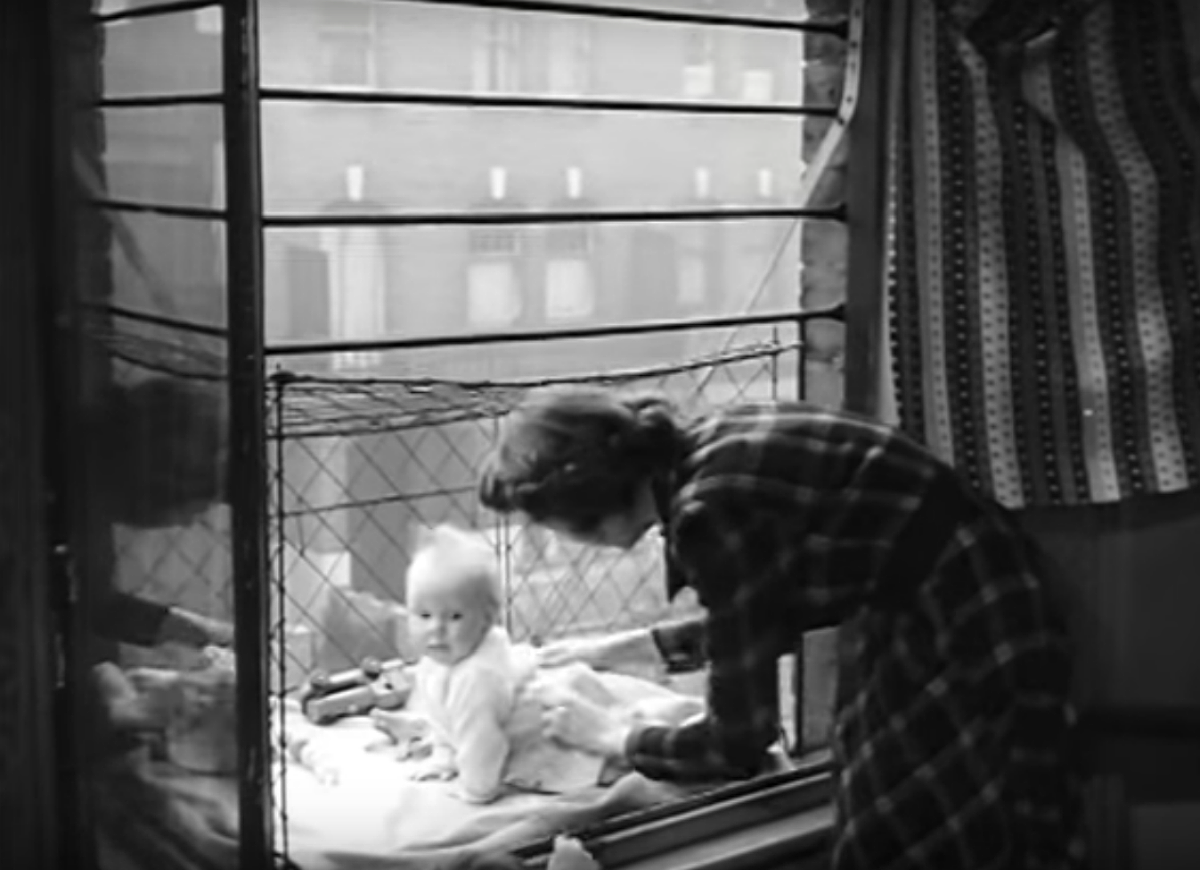
YouTube via British Pathé
Devised to offer children fresh air and space to play, so-called baby cages used to hang outside the windows of urban dwellings in the early 20th century. Unsurprisingly, the wiry novelties failed to make a comeback because of safety issues. Today, the vintage window seats have been replaced with more practical, less precarious playpens.
Conversation Pit
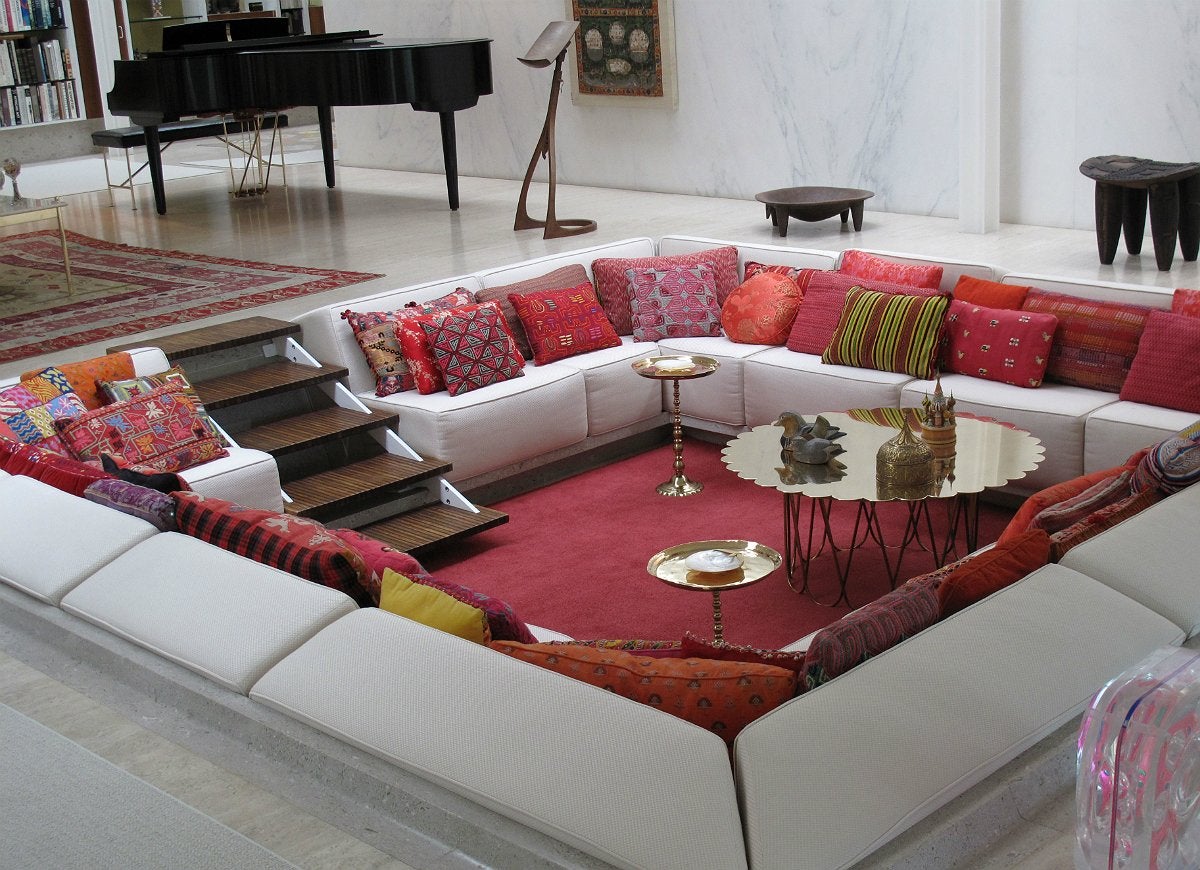
Home builders in the 1950s and ’60s sought to create an intimate atmosphere in living rooms of the day with conversation pits. But the pits’ isolation from the rest of the room and their tendency to cause falls made the depressed seating areas more depressing than mood lifting. With this realization came the return to level floors and a more open ambience.
Glass Block
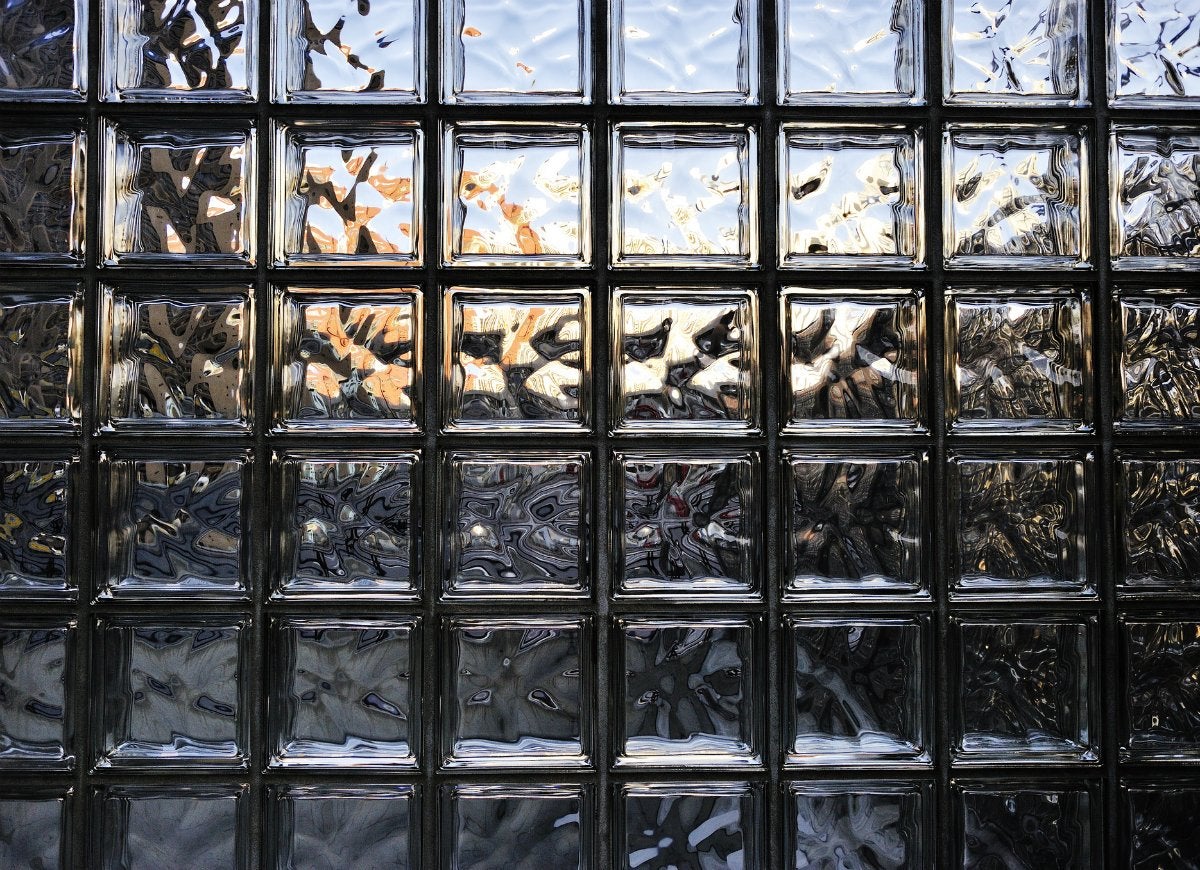
Flickr via toshisyung
Glass block certainly had its day. The building material was popular for both interior and exterior walls and was especially valued in the bathroom for its ability to let in sunlight while providing privacy. But that privacy came with a price. Not only did homeowners have to contend with cleaning all those grooves in the glass, but they also found that replacing windows with glass block signaled the end of fresh breezes.
Linoleum Flooring
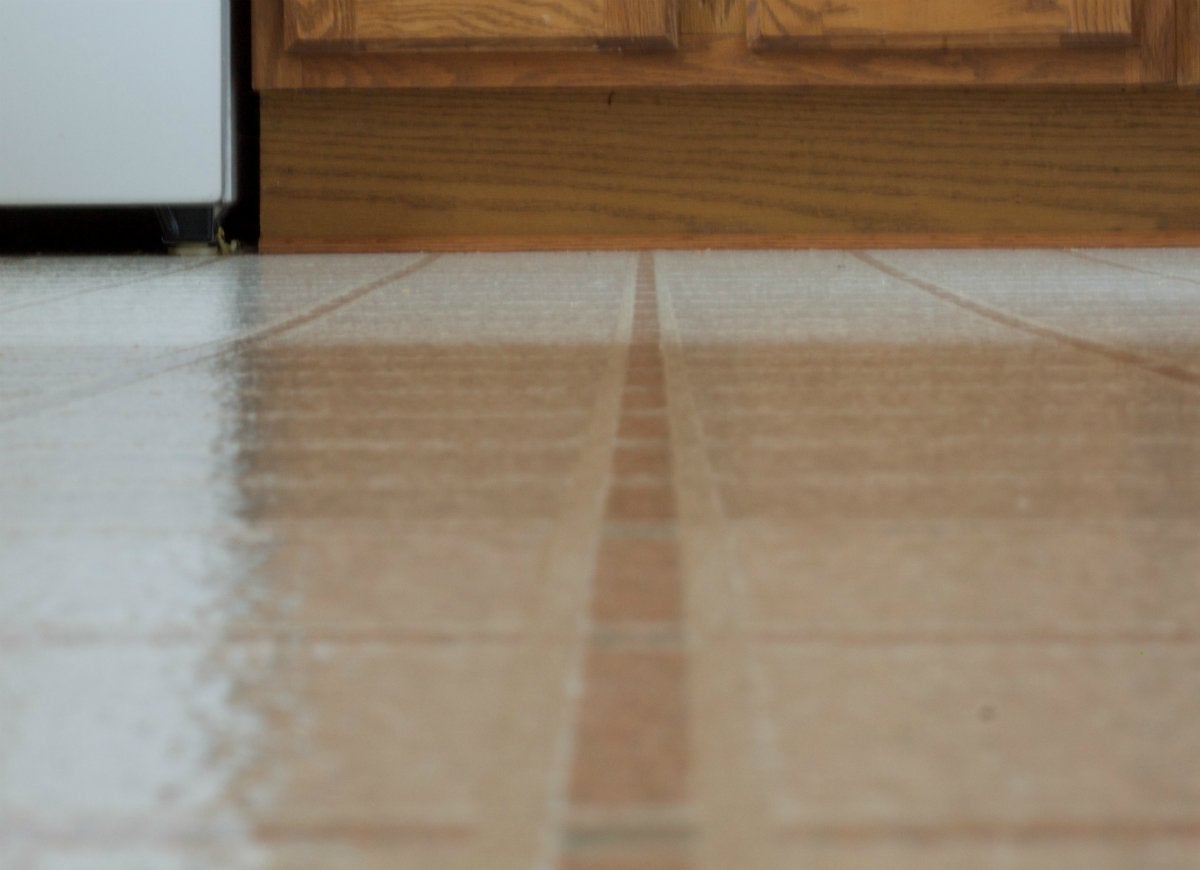
Linoleum floors aren’t a bad choice overall. They are often considered a “green” option because of their natural ingredients, which also help them to repel bacteria. But they come with a warning: Food stains and sun exposure can cause them to take on a yellow tinge that dates the kitchen. Likewise, the soft flooring can be dinged and damaged when items as small as a high heel or as large as an appliance are dragged across its fragile surface.
Mirrored Walls
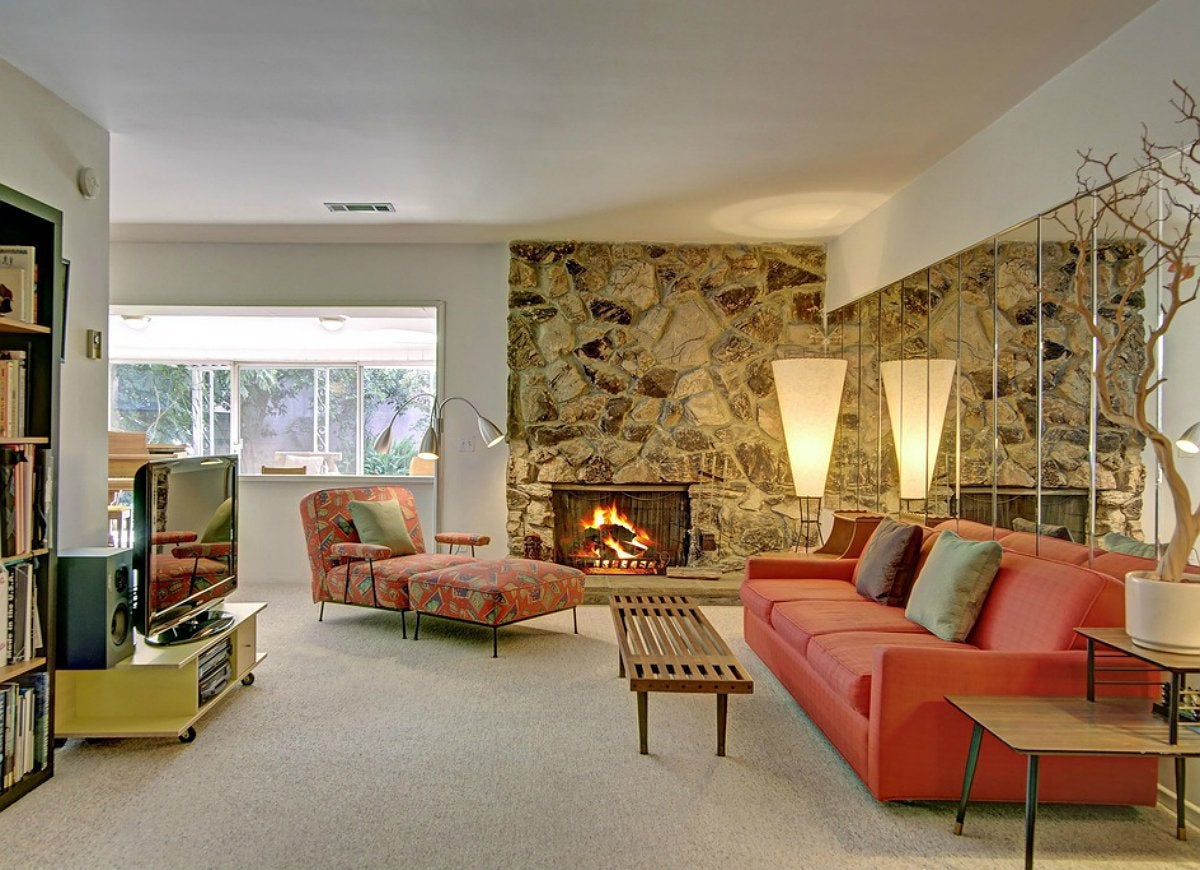
Zillow Digs home in North Hollywood, CA
In diminutive rooms, mirrored walls can create the illusion of added space. Homeowners who install them, though, may find that they’ve gained imaginary space at the cost of the more tangible, ongoing necessity of cleaning the mirrors to maintain their spotless reflection. If you want to achieve the appearance of additional square footage, consider instead mounting a single large mirror in an entryway or over the couch. You’ll add visual space without adding too many minutes to your cleaning routine.
Sunken Tubs
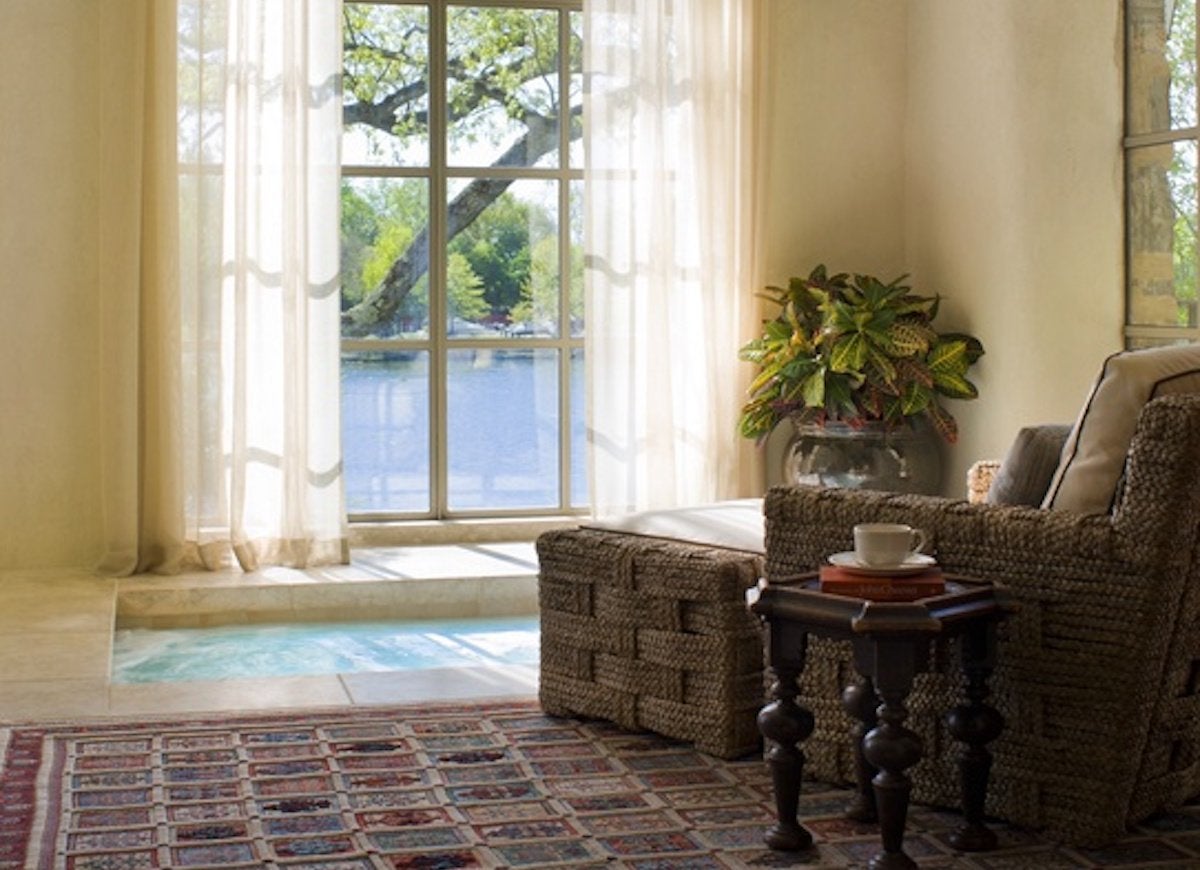
Zillow Digs home in Rye, NY
First surfacing in Roman times, sunken tubs made a resurgence in the recent past—until the truth sunk in about their impracticality and safety issues. Not only was the low-lying spa awkward to enter and exit, but just one slip at the foot of the tub, and you could wind up taking a dive—and a bath—when you least needed one!
Inflatable Plastic Furniture
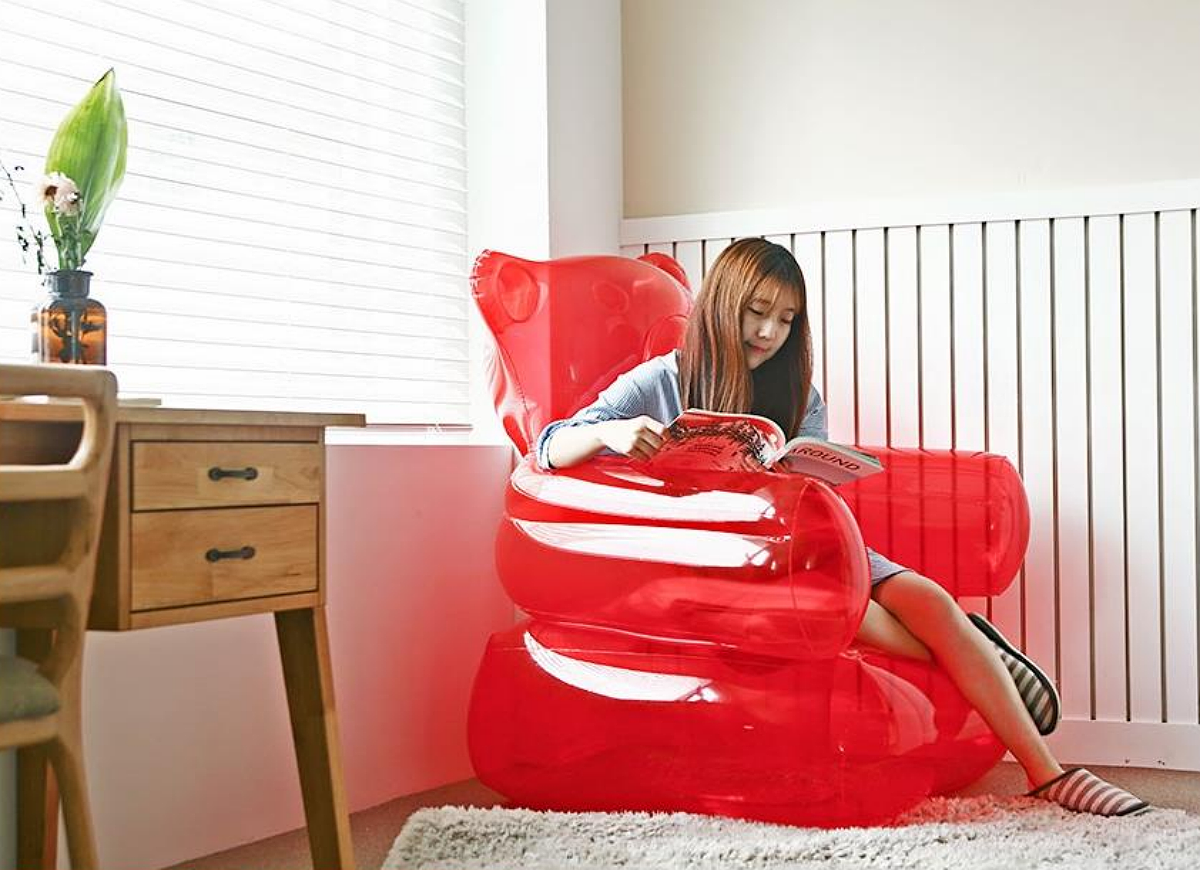
Inflatable plastic furniture was a brag-worthy feature of lounges, playrooms, and college dorms of the 1990s. The biggest faux pas of the flimsy furniture? It leaked air as quickly as it was inflated, making its low up-front cost too much to pay for its light weight and poor durability.
Related:
9 Easy Designs for a DIY Desk
